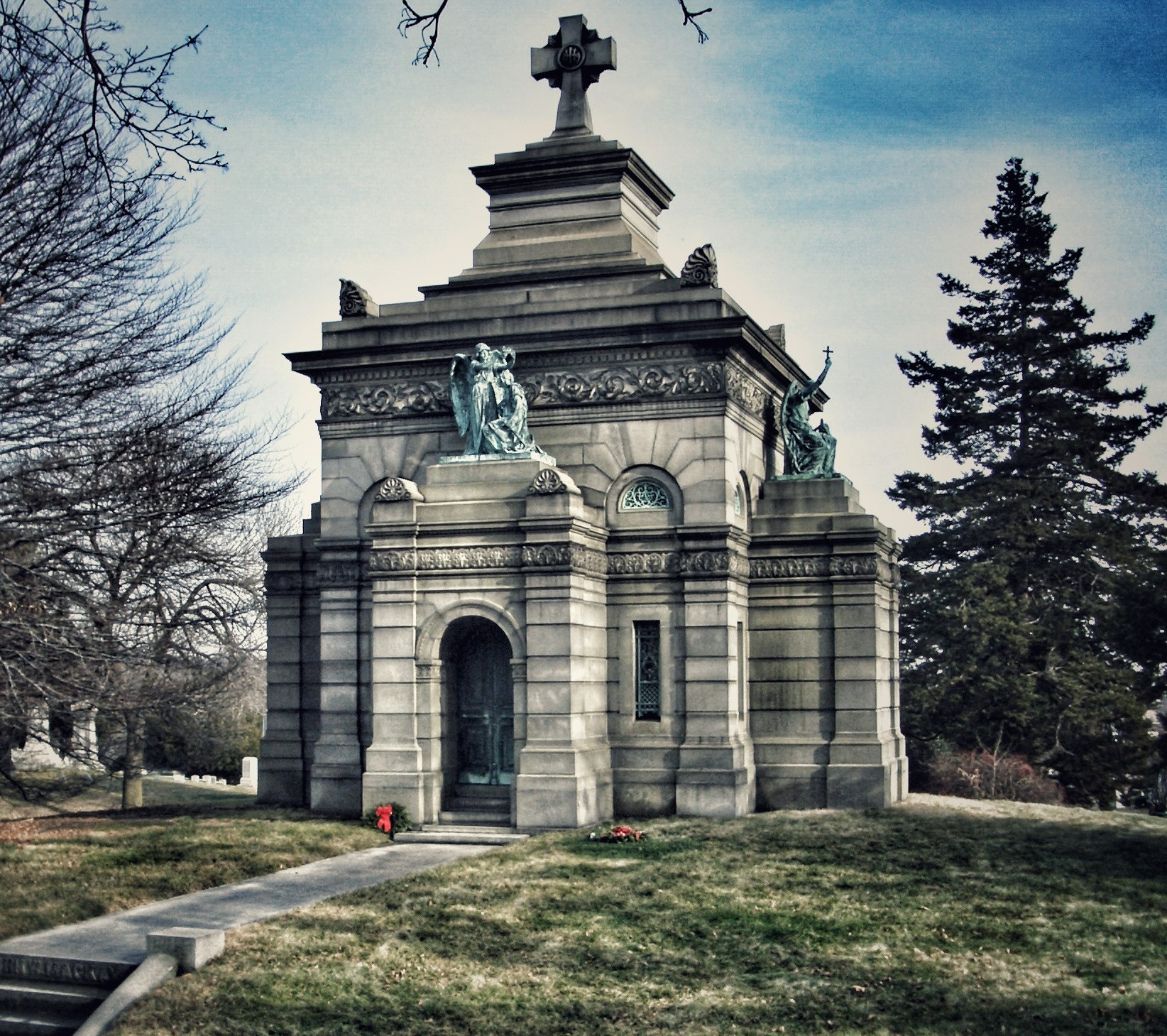Stephen Whitney the "Cotton King"
-01%20copy.jpeg)
Stephen Whitney was the second richest man in the world when he died, second only to Jacob Astor. Whitney amassed his fortune as a merchant cotton speculator—and real estate investor. Though known for his frugality, he is reported to have left behind more than $12 million, more than enough to have Whitney Chapel, as his octagonal mausoleum is known, built in his memory. The mausoleum is situated atop Ocean Hill and resembles a stone cottage. It is surrounded by tall trees, which keep the area shaded and give it a woodsy feel. It has thick steel doors that give way to Whitney’s name engraved in large letters in the arch over the door. The roof is steep, and at the top is a cross. Of particular interest are the lancet windows -- a specific style of construction, also known as Lancet Gothic; the most distinguishing characteristic of the lancet window is the pointed arch. These particular arches are also found in an arcade area of Westminster Abbey in London. Inside t...





.JPG)

